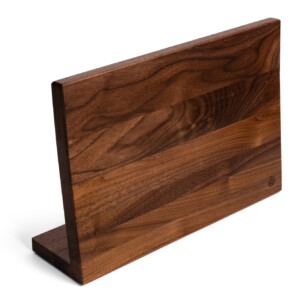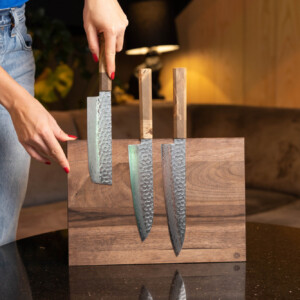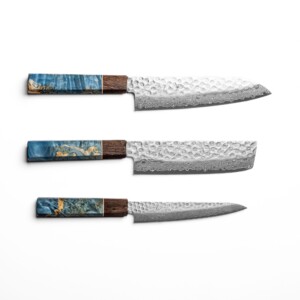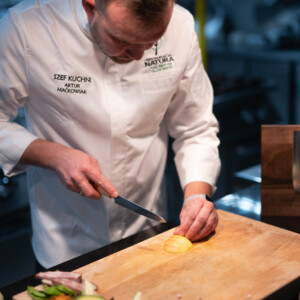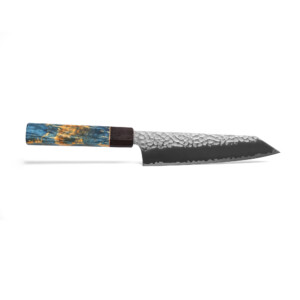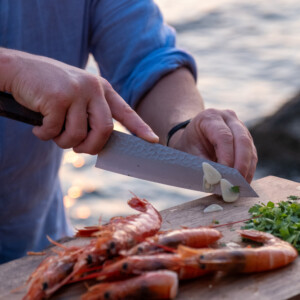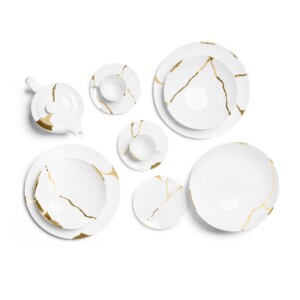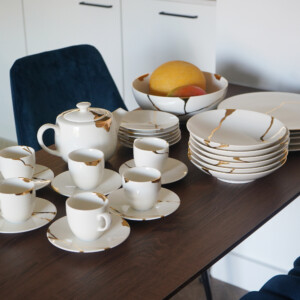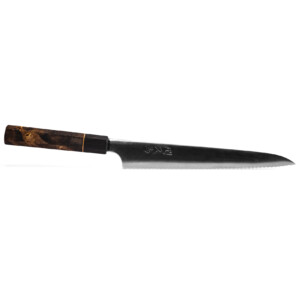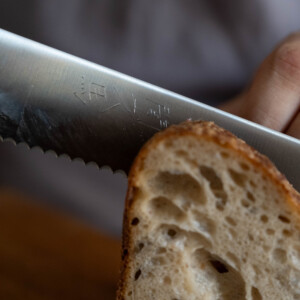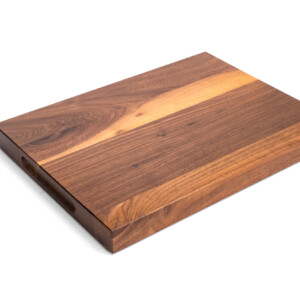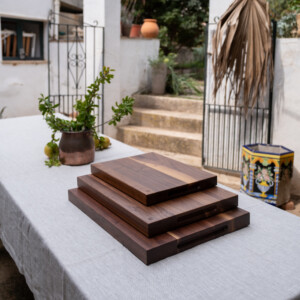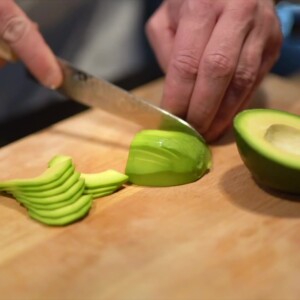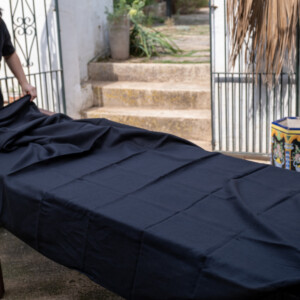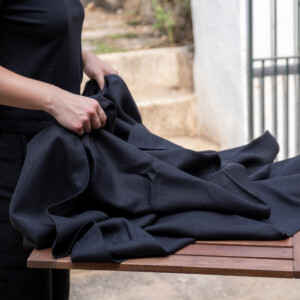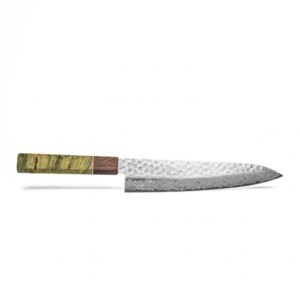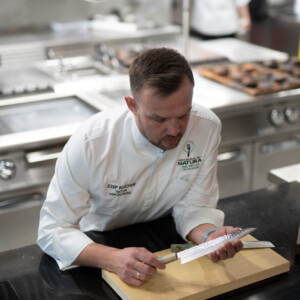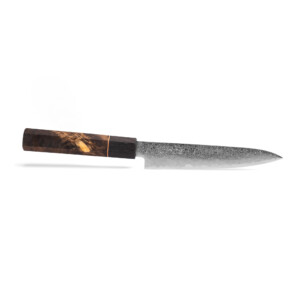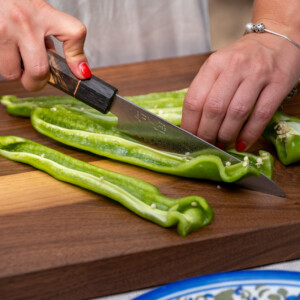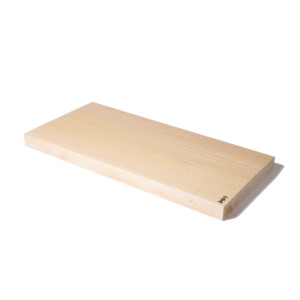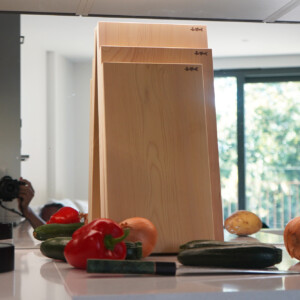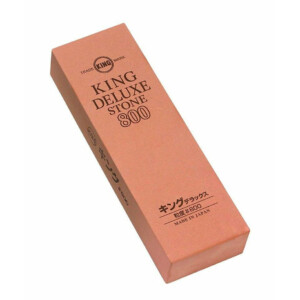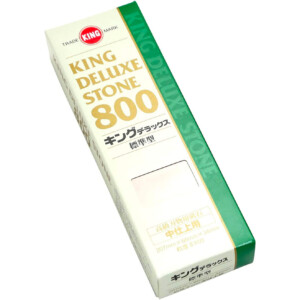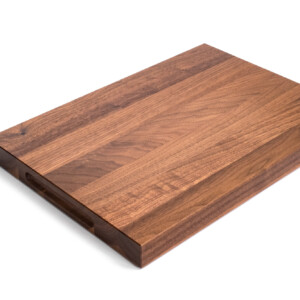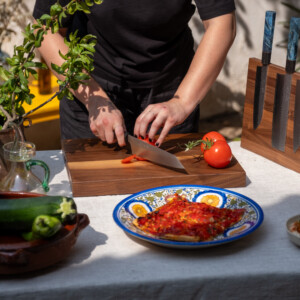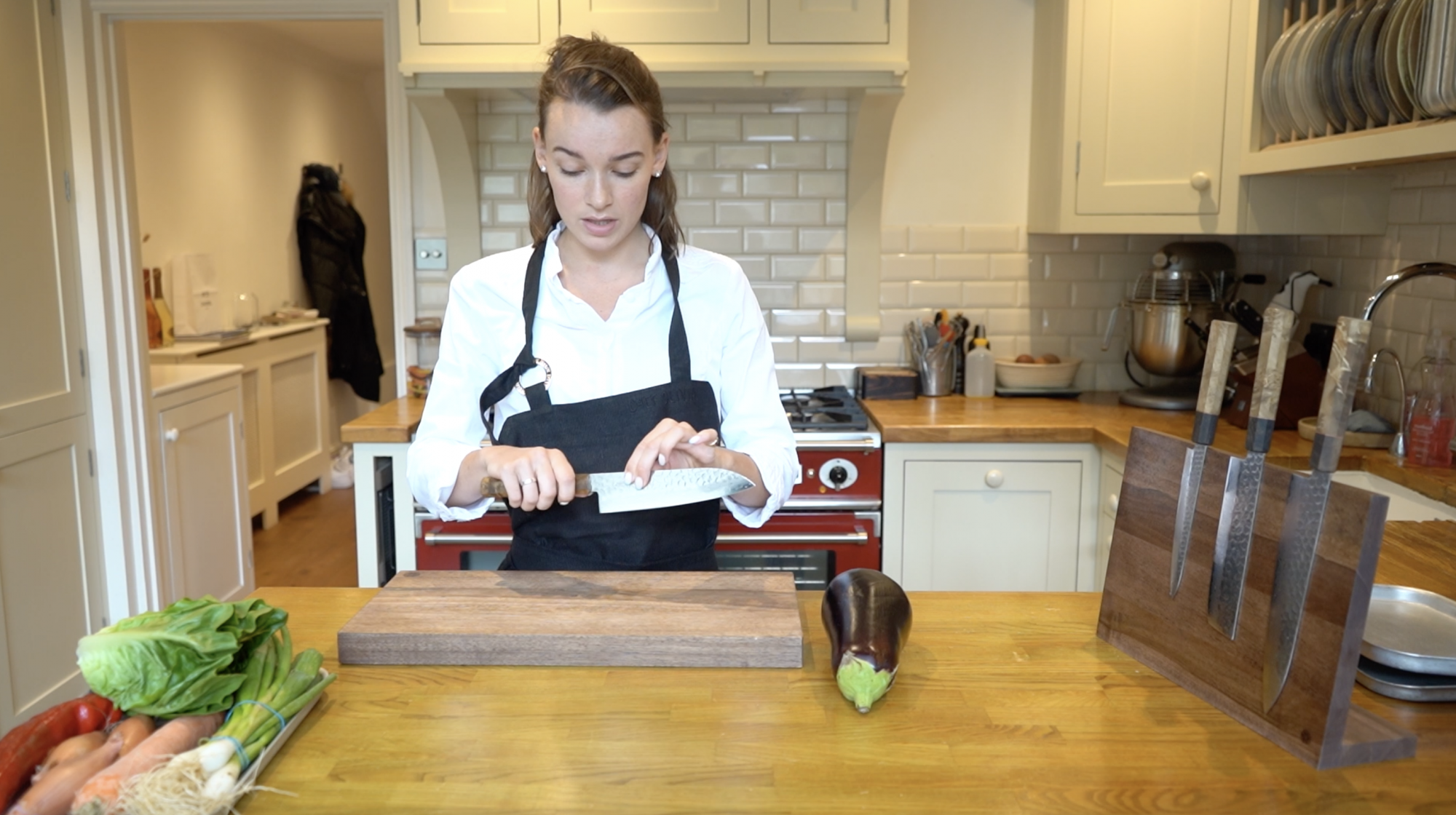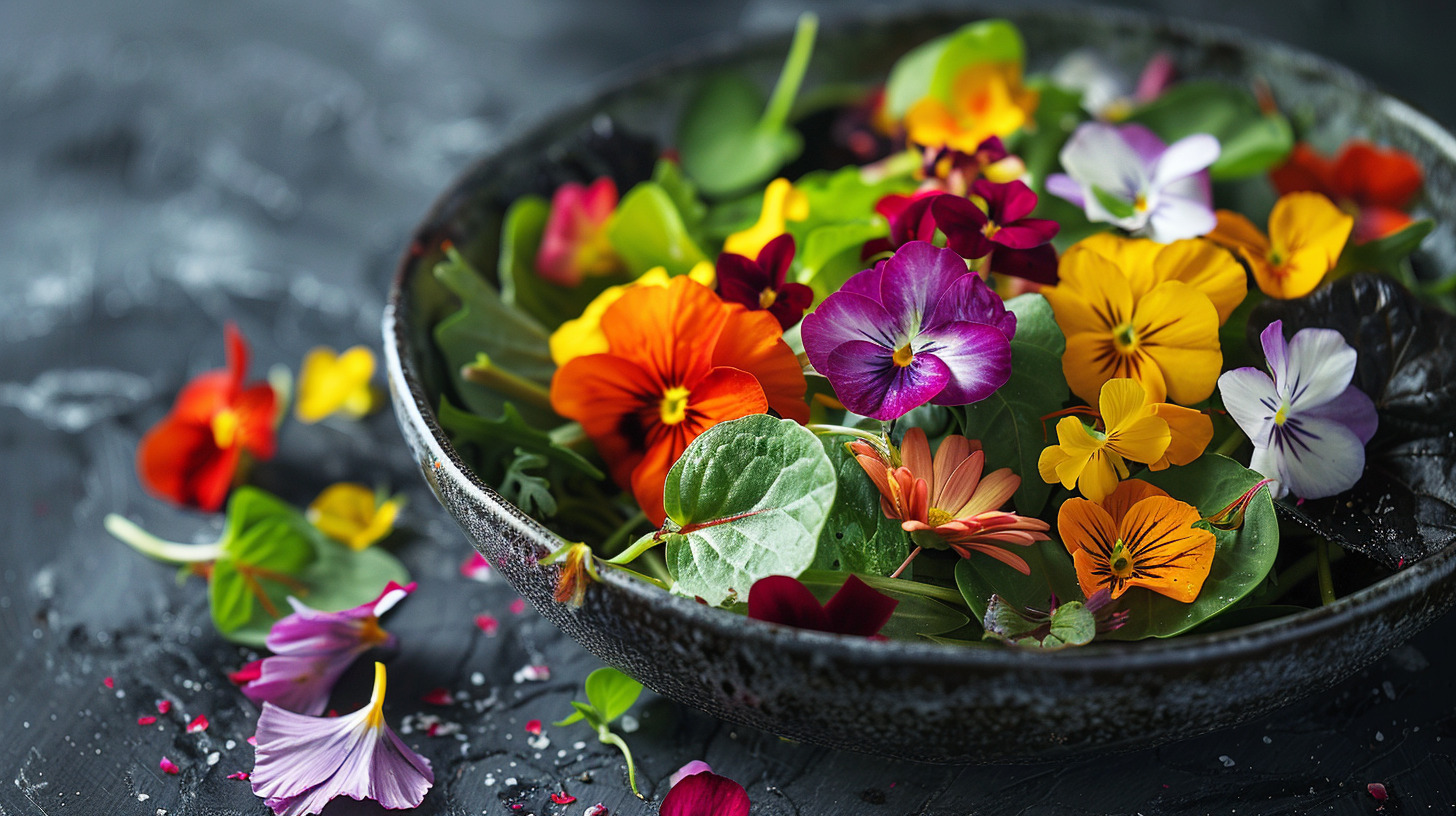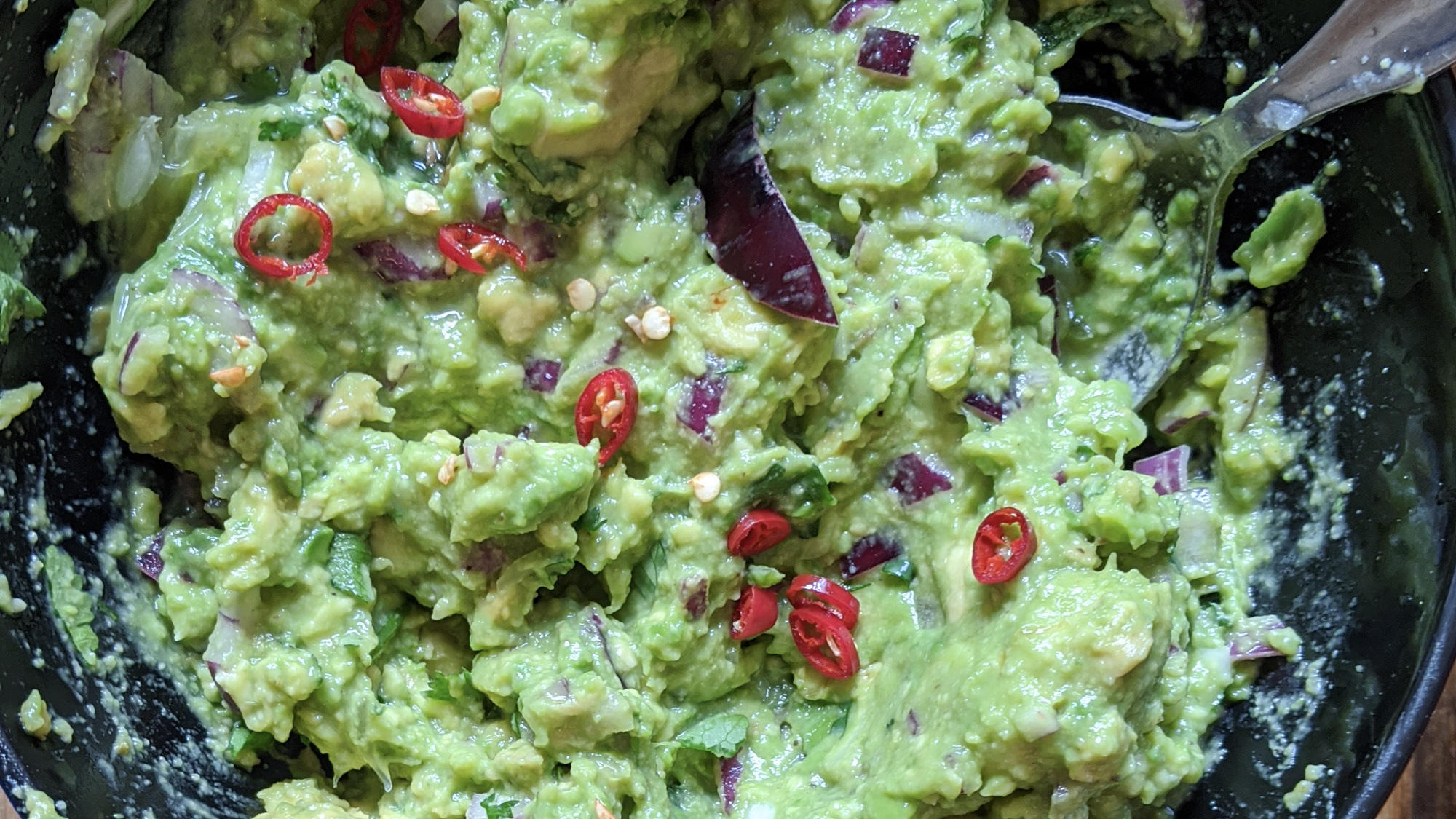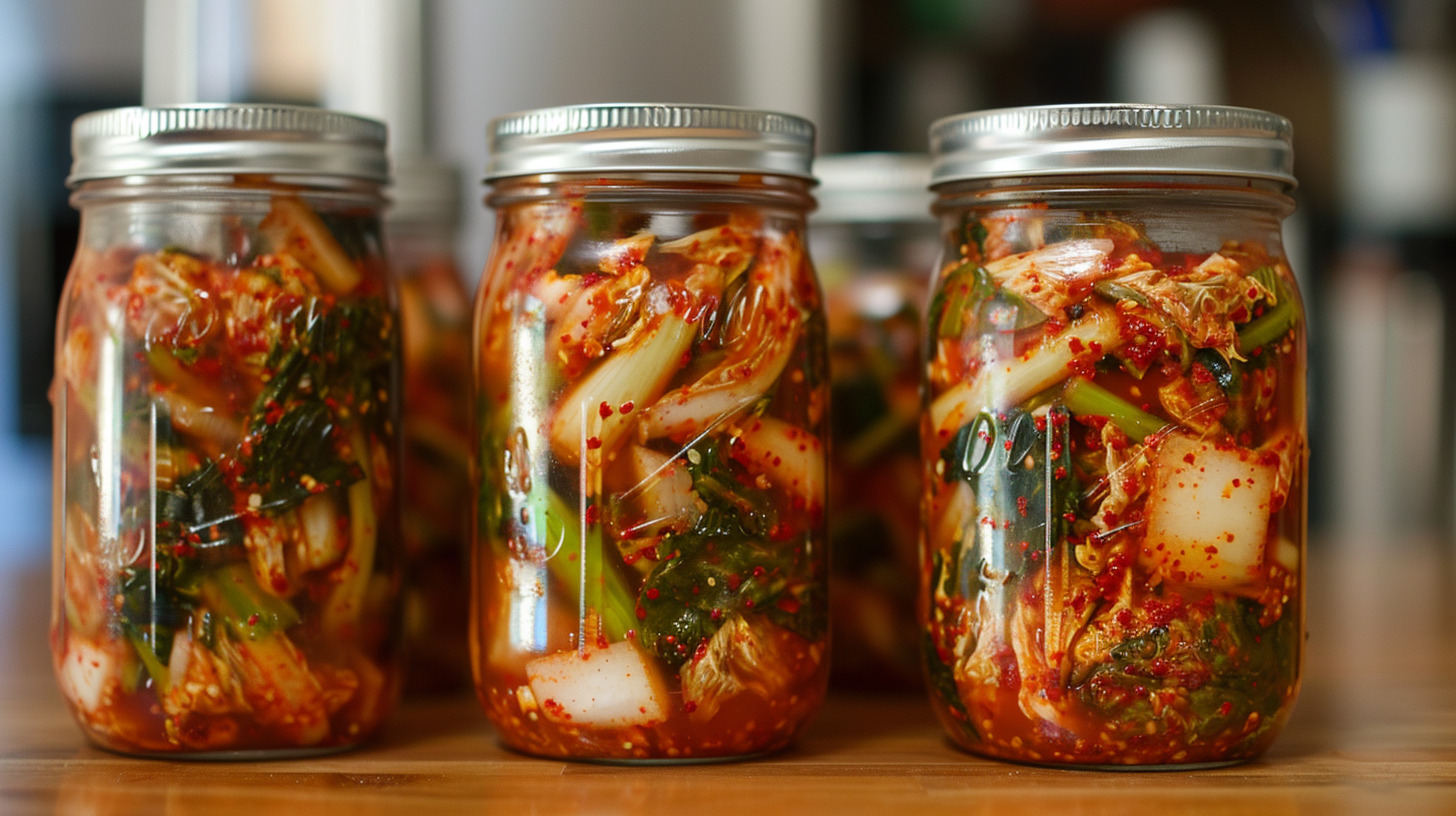How to handle your Japanese knives like a pro whilst keeping your fingers intact and your food absolutely pristine
Right, let’s have a proper chat about Japanese knives and food safety, shall we? If you’ve recently invested in one of these beauties—or you’re thinking about it—you’ll want to know how to use them safely whilst getting the most out of their incredible performance. Japanese knives aren’t just sharper versions of what’s in your kitchen drawer; they’re precision instruments that deserve (and require) a completely different approach to safety and care.
Once you understand how professional Japanese chefs handle these tools, you’ll never go back to old kitchen habits. It’s not just about avoiding cuts—though that’s obviously important—it’s about creating a cooking environment where everything flows beautifully and safely.
Why Japanese Knives Are Different (And Why That Matters for Safety)
Here’s the thing about Japanese knives that catches many cooks off guard: they’re so incredibly sharp that they behave completely differently from Western knives. Where you might have pressed down hard with an old chef’s knife, these beauties glide through ingredients with barely any pressure at all. It’s genuinely magical—but it also means you need to completely rethink your approach.
The Japanese philosophy behind knife work is rooted in kaizen (continuous improvement) and omotenashi (thoughtful hospitality). Sounds a bit fancy, doesn’t it? But essentially, it means treating knife safety not as a boring set of rules, but as an art form that makes your entire cooking experience more mindful and enjoyable.
Professional Japanese kitchens have developed safety standards over centuries—not because they’re overly cautious, but because they understand that proper technique actually makes cooking more efficient, more beautiful, and infinitely safer. When you’re working in a high-pressure kitchen environment, every movement needs to be deliberate and safe.
The carbon steel in many Japanese knives (like those gorgeous Oishya blades) requires different care than stainless steel. These steels can achieve incredible sharpness, but they’re also more reactive to acids and moisture. Don’t worry though—with the right approach, caring for them becomes second nature.
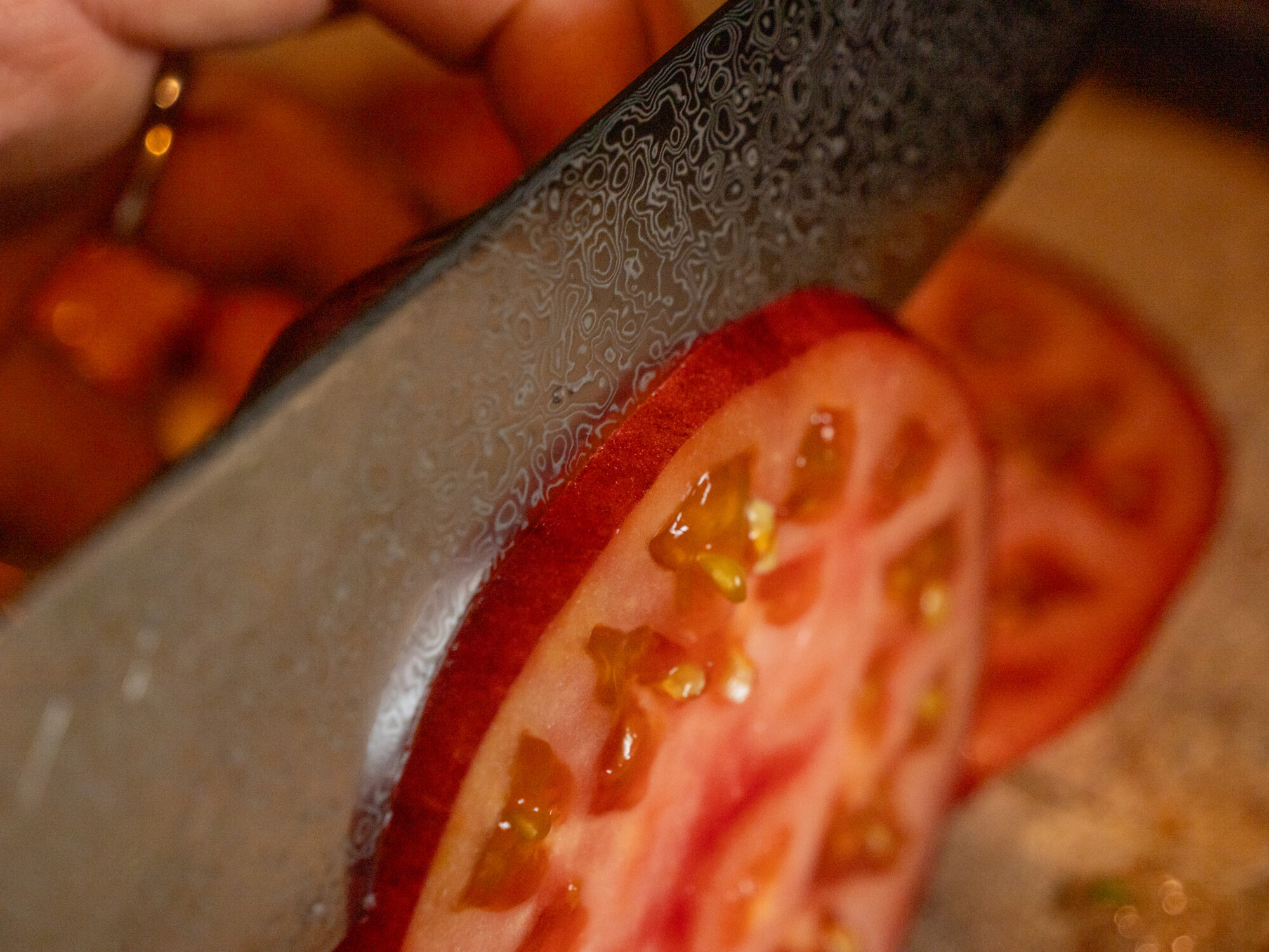
Getting Your Grip and Stance Sorted
The first time anyone tries proper Japanese cutting technique, they feel like they’re learning to write all over again! But once you get the hang of it, it’s so much more comfortable and controlled than the old “rock and chop” method.
The foundation is what the Japanese call katana-giri (sword cut), and it’s all about smooth, controlled movements. Keep your blade in contact with the cutting board and use a clean, forward-sliding motion. Your non-cutting hand forms what’s called a “claw grip”—fingertips curved under, knuckles forward. This might feel awkward at first, but it’s your safety net. Your knuckles actually guide the blade whilst keeping your fingertips well out of harm’s way.
Your posture matters more than you might think. Stand with your feet shoulder-width apart, body slightly angled towards the cutting board, shoulders relaxed. You want to feel stable and comfortable—if you’re stretching or straining, you’re more likely to lose control.
There’s also this concept of ma-ai (proper distance) that’s borrowed from martial arts. It’s about maintaining the right spatial relationship between you, your knife, and your ingredients. Keep your cutting area clear, make sure you’ve got plenty of space around your board, and always know where your blade is going.
The really experienced Japanese chefs talk about developing te-no-nuchi (feeling in the hands)—basically, an intuitive sense of how your knife moves through different ingredients. You’ll start to feel when you need to adjust pressure or angle slightly. It takes practice, but it’s incredibly satisfying when it clicks.
Keeping Things Spotless: The Japanese Way
Right, let’s talk about cleanliness—and this doesn’t just mean “give it a rinse when you’re done.” Japanese knife hygiene is a whole different level, but it’s not as complicated as it sounds once you understand the why behind it.
The Japanese concept of seiketsu isn’t just about being clean—it’s about creating an environment of organized purity that makes safe, efficient cooking possible. And honestly, once you start following these practices, you’ll wonder how anyone ever cooked any other way.
Here’s the crucial bit: Japanese knives, especially those with carbon steel cores, need to be cleaned immediately after use. Straight away. Not “after finishing this prep,” not “when there’s a moment”—immediately. This prevents staining, stops bacteria from getting a foothold, and keeps your blade in perfect condition.
The cleaning process is actually quite lovely once you get into the rhythm:
- Rinse under warm (not hot) running water to remove loose bits
- Gently wipe with a soft sponge and a drop of washing-up liquid
- Rinse thoroughly again—no soap residue left behind
- Dry completely with a clean tea towel
- Let it air dry for a moment to make sure there’s no moisture hiding anywhere
Why warm rather than hot water? Because extreme temperatures can affect the steel’s tempering and cause problems with laminated blades. You don’t want to accidentally damage your beautiful knife with overly enthusiastic cleaning.
Avoiding Cross-Contamination Like a Pro
This is where Japanese knife sharpness becomes both a blessing and something to be mindful of. These blades are so keen that they can pick up and transfer microscopic food particles more efficiently than your average kitchen knife. Sounds scary, but it’s actually quite manageable with the right approach.
Professional Japanese kitchens use colour-coded boards and knives for different ingredients—and you can absolutely do this at home. Even if you’ve got just one stunning Japanese knife, you can still follow the principle by cleaning thoroughly between different types of ingredients.
Getting into the habit of having separate boards for raw proteins, cooked foods, vegetables, and anything that’s ready to eat works brilliantly. When using your Japanese knife for multiple ingredients, give it a proper clean between categories. Yes, it takes an extra moment, but it becomes such an automatic part of cooking that you barely think about it.
The smooth, polished surface of a quality Japanese knife is actually easier to keep clean than rougher blades, but you do need to pay attention to those microscopic edges where bacteria might hide. Good lighting helps here—you want to be able to see what you’re doing properly.
Here’s something worth knowing: cold ingredients can cause condensation on your knife blade, creating moisture that bacteria love. Let your ingredients come to a reasonable temperature before cutting, and make sure your knife is completely dry before you start.
Storage That Actually Makes Sense
Storage isn’t just about keeping your knives tidy—it’s a crucial part of food safety and blade care. Get this right, and your Japanese knives will serve you brilliantly for decades.
Magnetic knife strips are brilliant for several reasons: they allow air to circulate completely around your blade, preventing any moisture build-up that could encourage bacterial growth. Plus, you can see all your knives at a glance and check their condition easily. Just make sure you place them on the strip carefully to avoid damaging the edge.
Traditional Japanese storage methods are gorgeous and practical too. Wooden sayas (those protective sheaths) provide natural antimicrobial properties through their cedar construction whilst keeping your blade in a dry, secure environment. They’re particularly brilliant if you’re storing knives in drawers.
Here’s something that takes a while to appreciate: the connection between sharpness and safety. A dull knife isn’t just frustrating to use—it’s actually dangerous. When your blade isn’t sharp, you need to apply more pressure, which increases the chance of slipping. Plus, dull knives tend to crush food rather than cutting cleanly, creating rough surfaces where bacteria can hide.
You’ll know it’s time for sharpening when you need to press harder than usual, when the blade seems to skate over ingredient surfaces, or if you can see any chips or damage. Many Japanese knife enthusiasts keep a little log of when they sharpen their blades—it helps you understand usage patterns and maintain consistent performance.
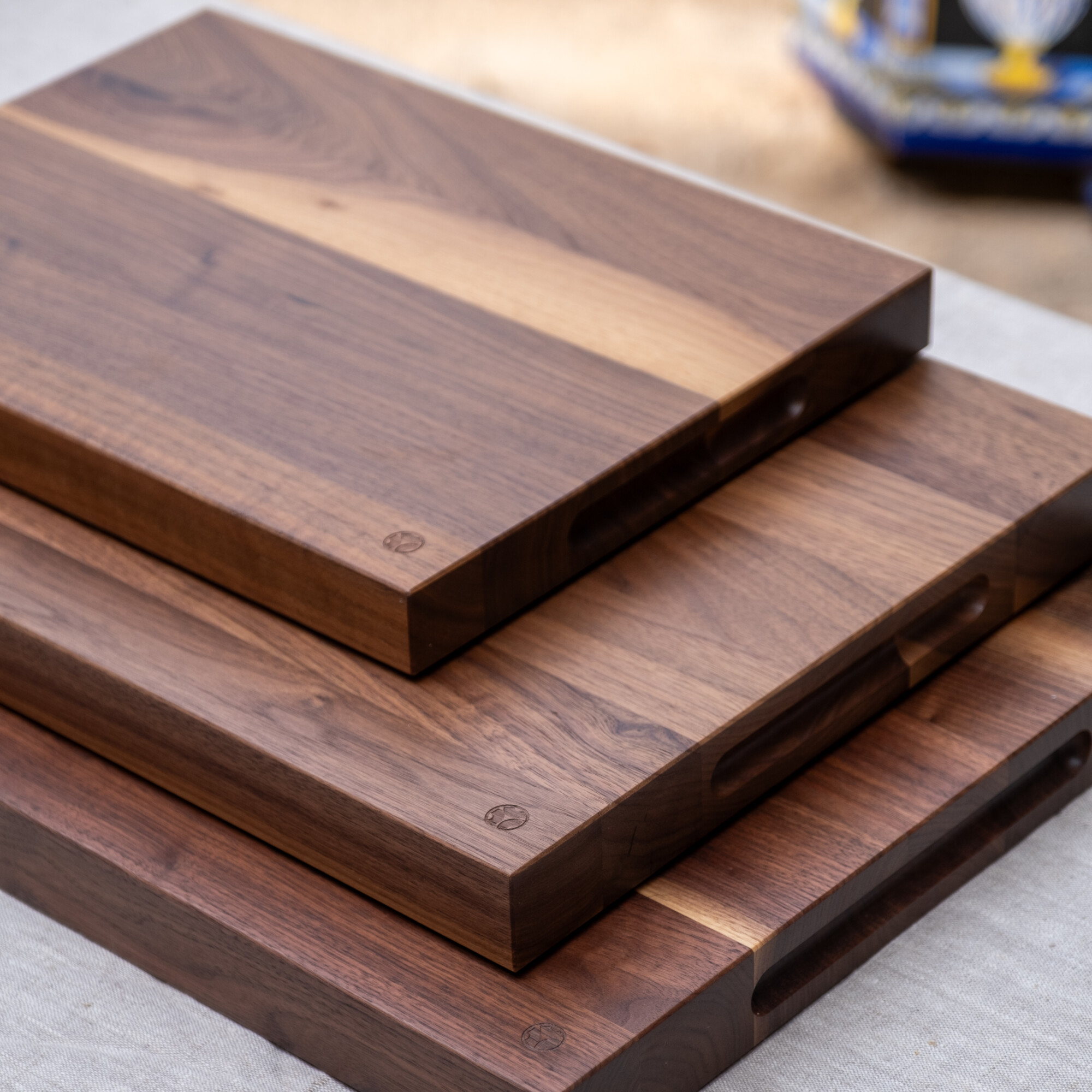
Temperature Matters More Than You’d Think
This is something that really surprises people when they start learning about Japanese knife care properly. Temperature affects both your safety and your blade’s longevity in ways you might not expect.
Thermal shock is a real concern with Japanese knives, especially those with complex construction like Damascus patterns. If you take a cold knife and immediately start cutting hot ingredients (or vice versa), you can create stress fractures or even warping. The solution is simple: let your knife gradually adjust to kitchen temperature before use.
Carbon steel knives can become brittle in very cold conditions and may lose their temper if exposed to excessive heat. Never store your Japanese knives in the freezer, and be cautious about using them on frozen ingredients without letting them warm up a bit first.
Room-temperature ingredients cut much more safely and cleanly than very cold ones. Cold, hard vegetables can cause your blade to skate across the surface rather than biting in properly. Professional kitchens often let ingredients temper slightly before precision knife work—and you can too.
Your cutting board temperature matters as well. Some serious home cooks have multiple boards they can rotate to maintain optimal working conditions, preventing condensation that could affect your grip or create bacterial growth conditions.
Creating Your Perfect Knife-Safe Kitchen
Bringing professional Japanese standards into your home kitchen isn’t about turning your space into a sterile commercial environment. It’s about creating a thoughtful, organized space where beautiful knife work can happen safely and naturally.
The Japanese concept of seiri (organization) is about giving everything its proper place in a way that supports efficient, safe cooking. When everything has a designated spot, you eliminate the fumbling around that can lead to accidents.
Start with your cutting board setup. Invest in a really good wooden cutting board that complements your Japanese knives—it’ll preserve your blade edges whilst providing natural antimicrobial properties. Position it at a comfortable height where you can work without straining.
Lighting is absolutely crucial but often overlooked. You need bright, even lighting that eliminates shadows and lets you see exactly where your blade is at all times. If your kitchen lighting isn’t brilliant, consider a good task light for your prep area.
Keep your workspace clear of unnecessary clutter, position ingredients where you can reach them naturally, and have a small bowl for scraps within easy reach. Professional kitchens call this mise en place, and it’s not just about looking organised—it’s about creating conditions where accidents simply don’t happen.
When it comes to choosing knives, brands like Oishya understand that home cooks want professional-quality tools that don’t require professional-level maintenance complexity. Their knives embody traditional Japanese craftsmanship whilst being designed for passionate home cooks who want to cook beautifully and safely.
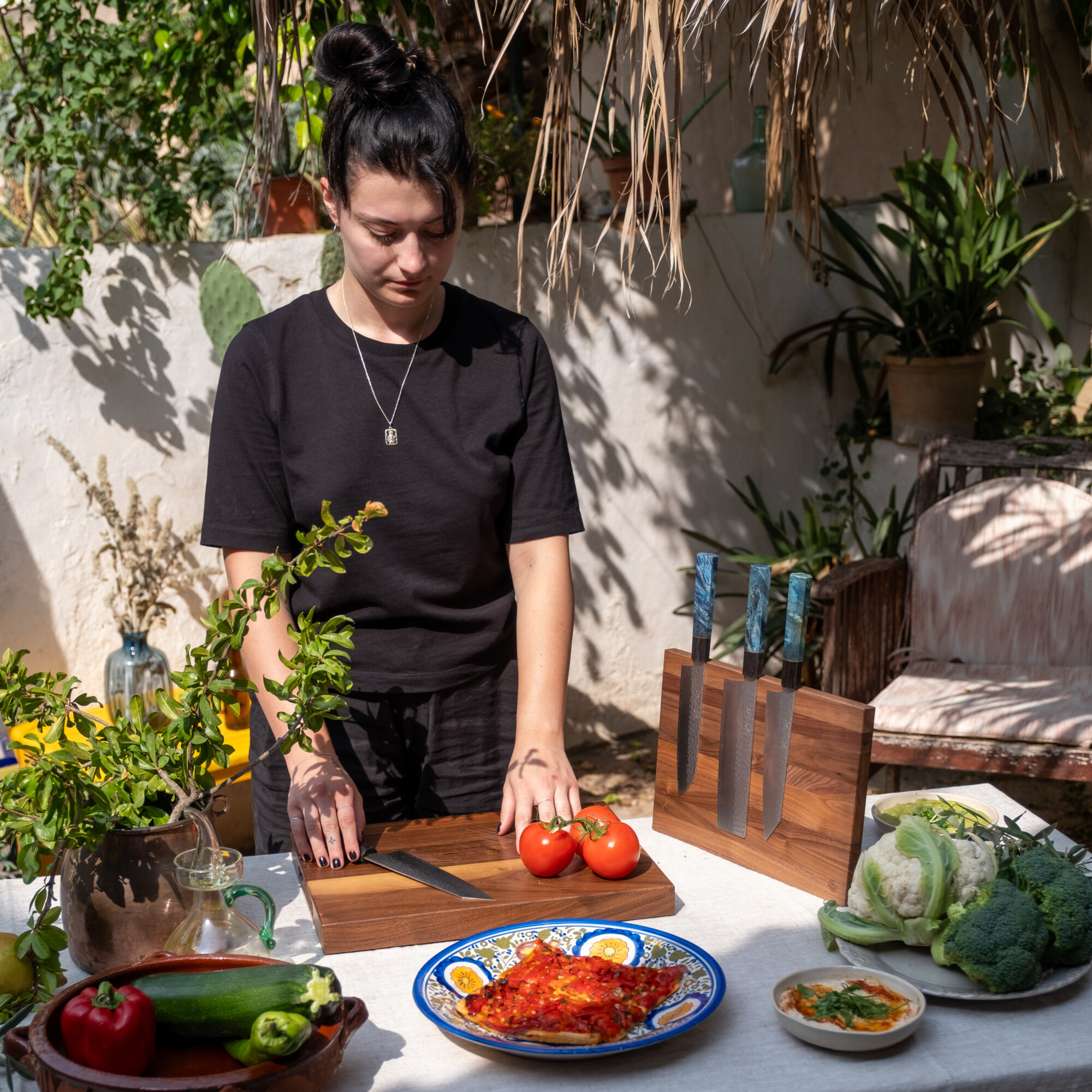
The Wonderful Journey of Getting Better
Here’s what’s brilliant about Japanese knife culture: it’s all about continuous improvement, or kaizen. Even master chefs with decades of experience are always refining their technique. There’s something quite liberating about embracing this mindset—you’re not trying to be perfect immediately; you’re on a journey of getting better.
Developing proper knife awareness takes time and mindful practice. You’ll gradually develop an intuitive understanding of how your blade behaves with different ingredients, how much pressure to apply, and when something doesn’t feel quite right. This awareness naturally makes you safer because you’re tuned in to your tools and your technique.
The relationship between cook and knife in Japanese culture goes beyond simple tool use—it becomes almost meditative. When you’re focused on proper technique and mindful movement, you’re naturally more aware of safety considerations. It’s a beautiful cycle where good technique creates safety, and safety allows for better technique.
Don’t rush this process. Start with basic cuts on forgiving ingredients, get comfortable with your grip and stance, and gradually work up to more challenging techniques. Consider taking a knife skills class if one’s available in your area—having an experienced instructor guide your early steps can prevent bad habits from forming.
Regular assessment of your skills and equipment keeps everything sharp—literally and figuratively. Professional kitchens do regular safety reviews, and you can adapt this by periodically checking your technique, your knife’s condition, and your workspace setup.
Wrapping Up: Safety as Part of the Joy
Learning to use Japanese knives safely isn’t about adding more rules to your cooking—it’s about unlocking a level of precision, efficiency, and pure enjoyment that makes every moment in the kitchen better. When you understand and respect these tools, they reward you with effortless cutting, beautiful results, and a deep sense of connection to centuries of culinary tradition.
The investment in a quality Japanese knife—whether it’s your first or your latest addition—deserves the commitment to learning proper technique and safety practices. But honestly, once you start cooking this way, you’ll wonder how anyone ever managed without it.
These practices don’t just protect your fingers (though that’s obviously important); they protect the heritage and craftsmanship embodied in each blade. When you care for your knife properly and use it safely, you’re ensuring it will serve you brilliantly for years to come, creating countless memorable meals and perhaps inspiring the next generation of cooks in your family.
The beauty of the Japanese approach is that safety and excellence aren’t separate goals—they’re part of the same mindful practice that makes cooking a true joy rather than just a necessity. Every time you pick up your knife with proper technique and awareness, you’re participating in a tradition that values both precision and care.
So go on, embrace this journey. Your fingers, your food, and your family will thank you for it.
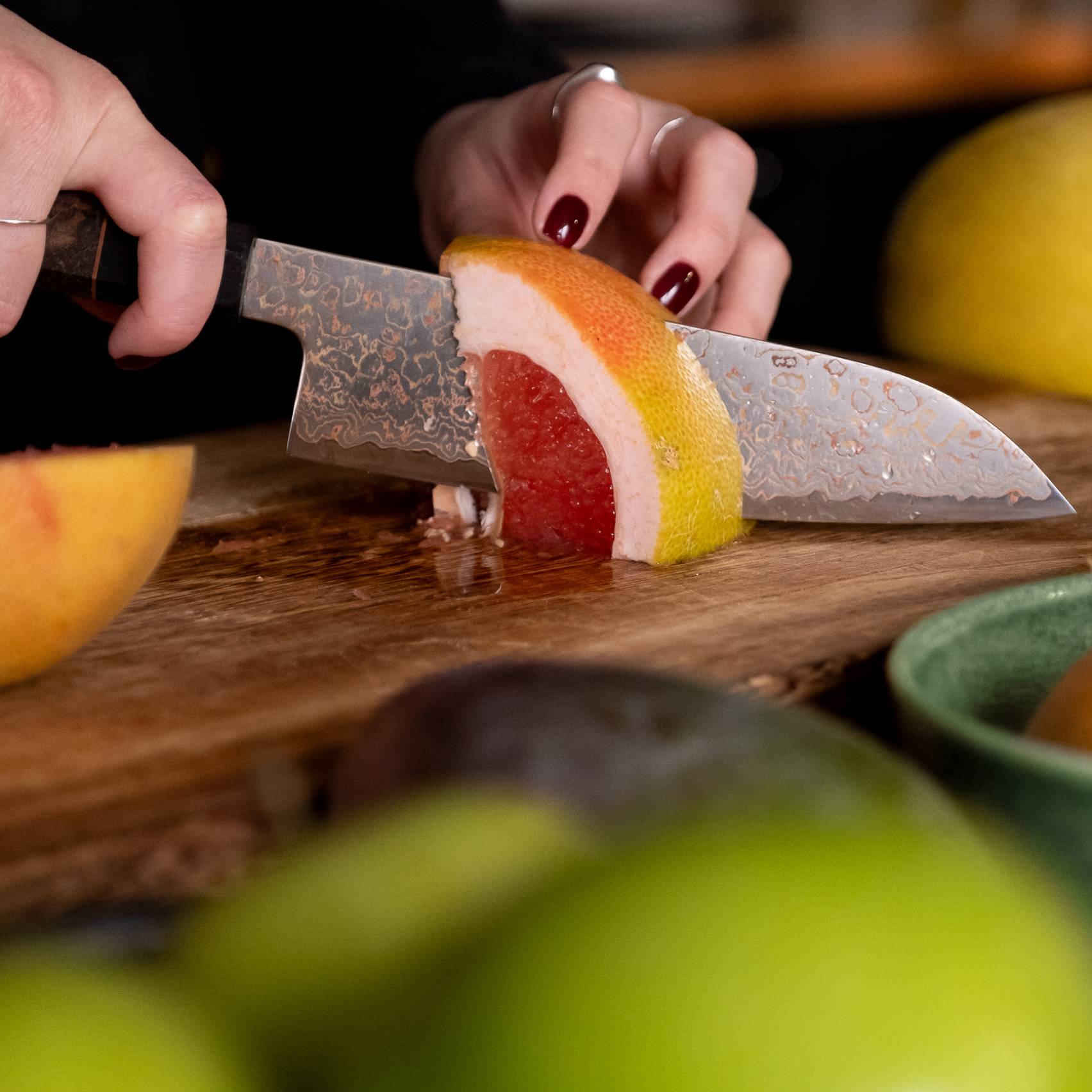
Ready to experience the precision and joy of authentic Japanese craftsmanship? Oishya’s handcrafted knife collection brings together traditional techniques with modern home kitchen needs, giving you tools that are both safe to use and absolutely brilliant to cook with.
